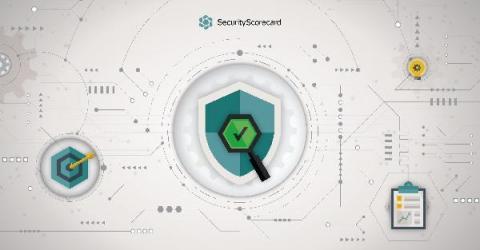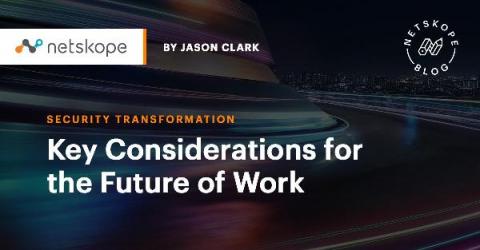Secure development in Visual Studio with Snyk Open Source
We’re pleased to announce our new extension for Visual Studio, making it easier for developers to stay both secure and compliant as they code within their favorite IDE. The extension supports Visual Studio 2015, 2017, and 2019. Snyk’s new free extension for Visual Studio enables developers to easily find and fix both known vulnerabilities and license issues in their open source dependencies, helping them address security early on and ship secure code faster.









